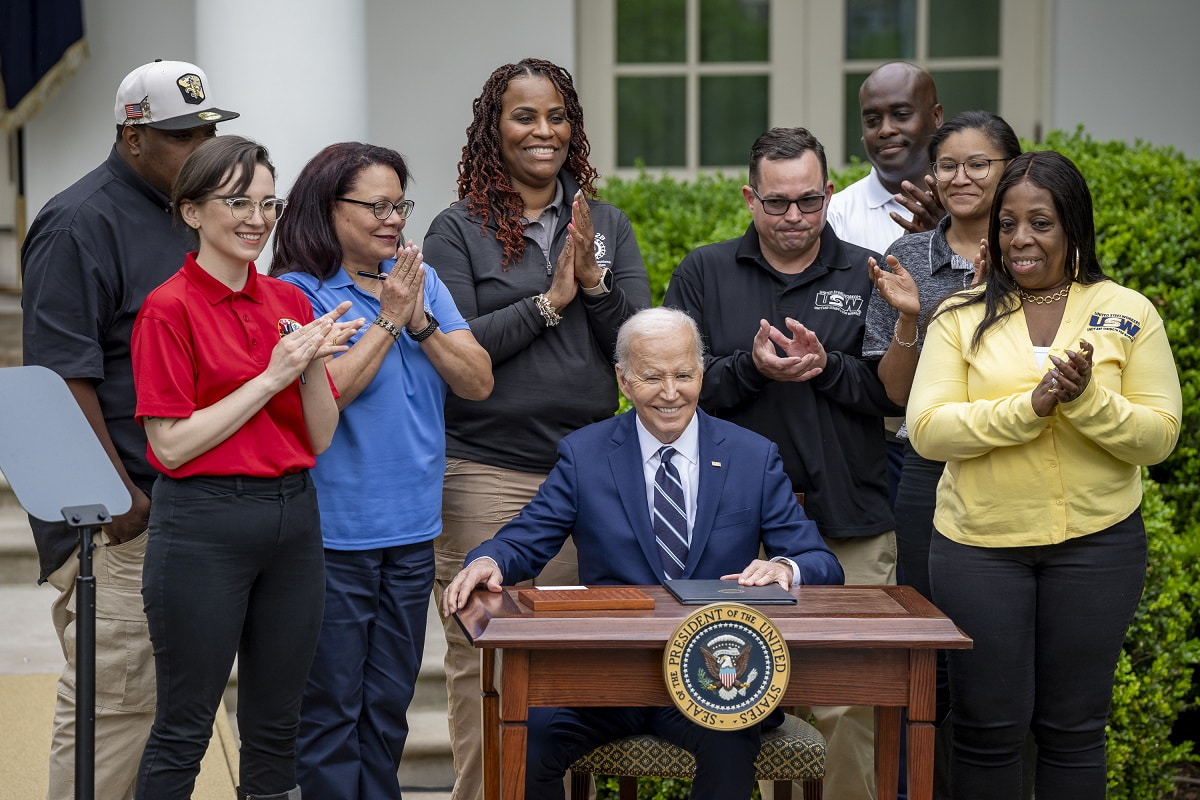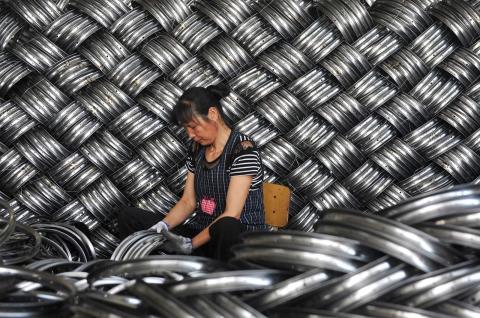On 20 September, Beijing announced it would soon begin removing a blanket ban on the import of Japanese seafood products originally imposed in August 2023. The news came in a press release stating Japan and China had reached a “shared understanding” about expanding the (already substantive) international regime that monitors the release of treated water from the Fukushima Daiichi Nuclear Power Plant into the Pacific Ocean.
The announcement generated mixed reactions in Japan. Some players in the seafood sector, many of whom spent the previous 13 months struggling to adjust to the loss of their most valuable export market, appeared cautiously optimistic.
When Beijing first introduced the ban, it claimed that the restrictions were necessary to maintain food safety and protect the health of Chinese citizens.
Others were less sanguine. While China’s Foreign Ministry emphatically stressed the decision followed months of negotiations, its appearance was quite sudden and conspicuous in a week where bilateral tensions had reached a new low, prompting some to question the timing.
So why now?
When Beijing first introduced the ban, it claimed that the restrictions were necessary to maintain food safety and protect the health of Chinese citizens. These supposed concerns prompted many in Japan to roll their eyes, not only because the International Atomic Energy Agency had declared the water to pose no risks, but because it was quickly revealed that the catch from Chinese fishing boats operating in the same waters as Japanese fishermen was being considered “safe”, while only that from Japanese boats was “nuclear contaminated”.
Given the ban’s timing – just days after Tokyo had angered Beijing by doubling down on its cooperation with Washington and Seoul at the 2023 Camp David Summit – it was instead interpreted as the latest example of Chinese economic coercion.

Yet with aquatic products comprising less than 1% of the value of Japan’s total exports, the seafood sanction was unlikely to create the necessary leverage to make Tokyo reconsider the release decision. Given this, many assumed the ban was less about influencing Japan, and more about placating domestic Chinese citizens who – after weeks of apparently state-sanctioned disinformation – had come to believe the false contamination narrative.
Regardless of the initial motive, last week’s decision is a reminder that trade restrictions do not simply afford leverage when they are initially used as coercive “sticks” to cause pain. The prospect of removing barriers previously imposed – a “carrot” that might not be dangled until months or years after a dispute begins – may offer another potent source of leverage. As David Baldwin once succinctly put it: “tomorrow’s threat may lay the groundwork for a promise on the day after tomorrow”.
Beijing has been on the other side of this lesson. Once the Biden administration took office in 2021, it was widely hoped that many of the Trump-era tariffs on $360 billion in Chinese imports would be removed, given the cost to American consumers. But the administration did not make a change, with US Trade Representative Katherine Tai describing the tariffs as “leverage” for future negotiations.
In an era of heightened geopolitical rivalry, governments are proving more reluctant than ever to give up leverage for nothing.
Just like restrictions on Australian lobster (which remain in place long after other barriers were removed), maintaining the seafood ban was a relatively low cost way for Beijing to hold leverage in reserve given the ease of substituting fish and other aquatic products. For Tokyo, however, after facing 13 months of lobbying and industry pressure, the prospect of the ban's removal could be a tempting inducement.
Yet Beijing’s decision may have been less about getting something specific in return, and more a general effort to cash in accumulated leverage at a time when China may be on the back foot.
First, Tokyo is currently in the final stages of negotiating a deal with Washington to expand semiconductor export restrictions. Beijing has reportedly already issued threats about potential consequences for Japan, and may hope that combining those with a promise to (potentially) remove the seafood ban persuades Tokyo to opt for less restrictive measures than Washington is seeking.
Second, Japan's governing Liberal Democratic Party is just days out from electing a new leader who will replace Fumio Kishida as prime minister. Several of the nine candidates are considered staunch critics of China, such as current Economic Security Minister Sanae Takaichi. Beijing may calculate that giving a small concession on the seafood issue could gently soften its image in Japan, defusing the most hawkish China rhetoric ahead of the vote and thereby perhaps – on the margins – enhancing the prospects of candidates more inclined to improve bilateral relations. At the very least, it might be a low-cost way of wiping the slate clean to start fresh with whoever wins.
A third reason relates to a shocking and tragic incident that occurred the week before the announcement, in which a Chinese man killed a Japanese schoolboy in Shenzhen. This followed a series of other events which have received significant and sustained criticism in the Japanese media, including another stabbing incident and a series of Chinese military provocations. Beijing denied any connection between the Shenzhen incident and the seafood decision, but amid spiralling Japanese public opinion against China, the removal gesture may be (in part) about stabilising a deteriorating narrative.
In an era of heightened geopolitical rivalry, governments are proving more reluctant than ever to give up leverage for nothing, even when that leverage is founded upon economically distorting actions that undermine the global trading system. If that is the case here, the decision might ultimately reflect Beijing feeling somewhat on the defensive and assessing a need to initiate bilateral relationship repair. But given Beijing’s announcement was only about beginning the process of removing the ban, rather than an immediate outright removal, this story might not be over yet. At the very least, it shows how economic statecraft involves both wielding sticks and dangling carrots, sometimes at the same time.

